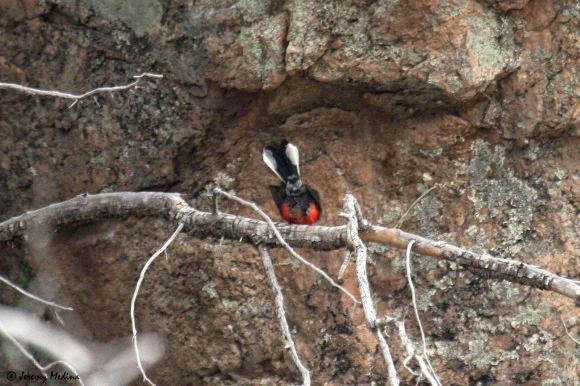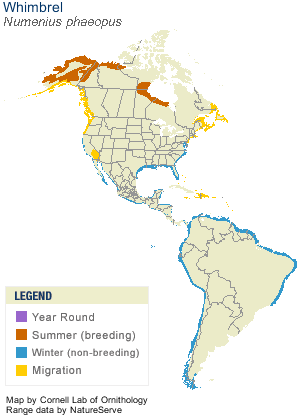So the question was, what bird do I try for in between family time and an all day pelagic? The Red-throated Pipits were the closest. But a Pacific Golden-Plover and a Ruff were calling my name too.
After a six-hour drive we arrived in San Diego at 2 a.m. Apparently we took the Arizona heat with us because by the time we woke up in the morning it was already in the 80's. No time to look for birds. We had to get to the beach before it got too hot. By 1:00 it was a record 96 degrees! I sure wasn't expecting that. After being zapped by the sun and humidity I decided to take a nap. I needed my sleep for the 12-hour pelagic the following day. The last thing I wanted to do was get sick on the boat (they say sleep helps with that?).
Then just before sundown I saw a brief opportunity to look for the pipits. The dog run where they had been seen was on the way to dinner and Fiesta Island was a cool name. Well I wasn't expecting such a big area. Even knowing the field where they had been seen didn't help much. There was too much area to cover and too many Horned Larks and pipits to sort through in the time I had. After twenty minutes I got a call that our son had fallen in the water and we needed to go back to where we were staying to change him. "You wanted a boy." True. Fiesta? Not so much. Would I ever get another chance at a Red-throated Pipit?
Fast forward through my pelagic trip on Sunday (more on that later).
Monday morning I woke up with a sore neck, legs, and back from being on the boat for twelve hours. But it was early enough that I could try for the pipits again, or so I thought. After an hour and a half of searching through even more larks and pipits than before, I was ready to give up. I had already ruined our plans for our last morning by staying too long. I decided to walk back to the truck the long way as a last ditch effort. Out of the corner of my eye I spotted a bird fly up high and back down onto a mound of dirt. I got my bins on it and there it was! At the very last minute. Another bird came and they flew off together, but I couldn't confirm if it was the second pipit.
 |
| Red-throated Pipit w/o much of a red throat |

Since the pipits were first found earlier in the month, a bunch of good birds have been found in the same field including Lapland and McCown's Longspur, Bobolink, Varied Bunting, Grasshopper Sparrow, and Mountain Plover. What a great spot! More on the pelagic when I get a chance.
















































